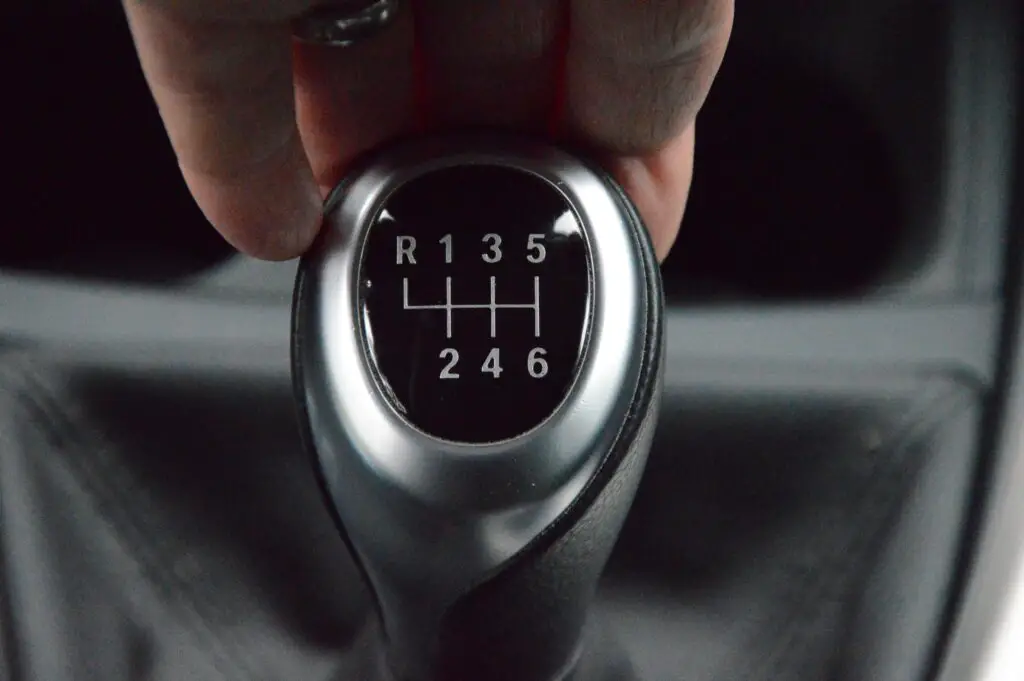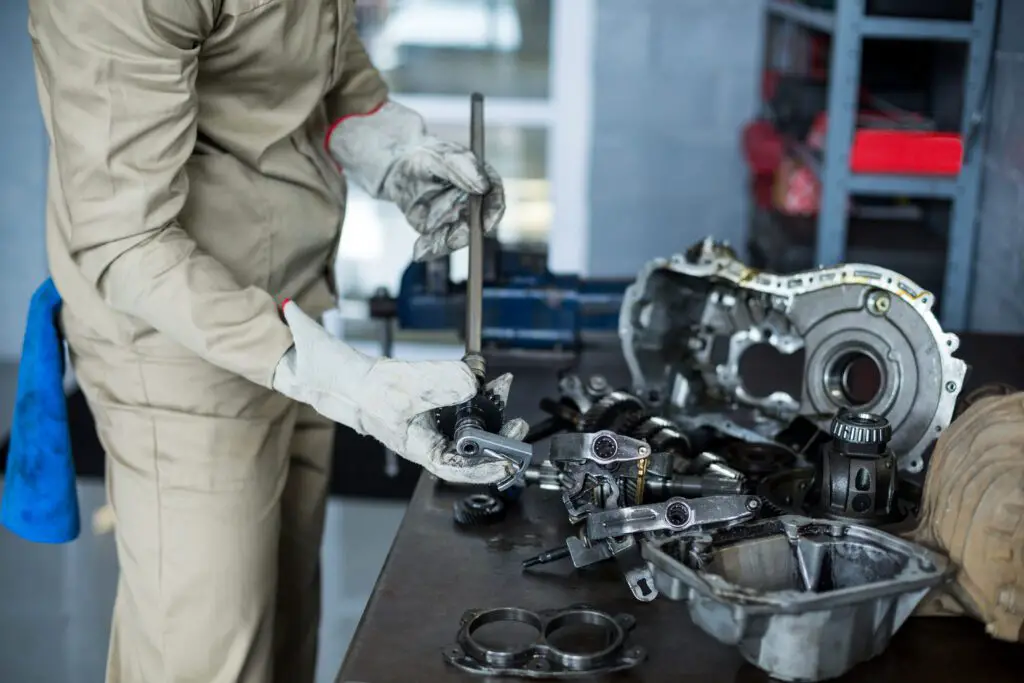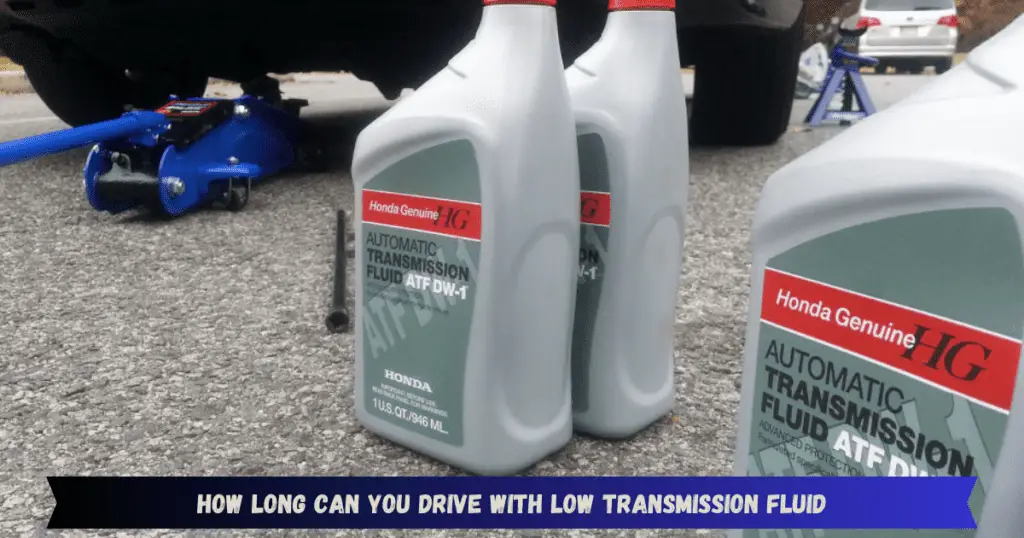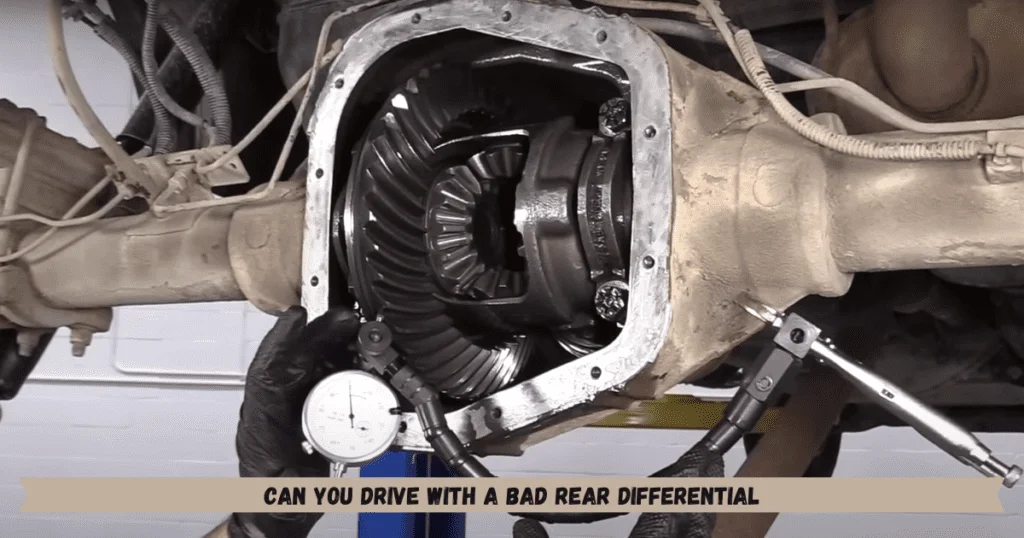A slipping clutch can be an anxious and inconvenient experience for any driver. You’re cruising down the highway when suddenly you notice your engine revving higher than normal, the car struggling to gain speed despite pushing the accelerator. That burning smell wafting through the AC vents doesn’t inspire confidence either.
Can You Drive With Slipping Clutch? While a slipping clutch indicates pending trouble, the situation may not require immediately pulling off to the side of the road. Depending on the extent of slippage and some strategic adjustments, you can drive for limited periods using creative techniques safely. However, trying to limp home with a severely worn clutch can also quickly lead to a full failure.
This comprehensive guide provides an in-depth analysis of whether Can you drive with a slipping clutch. We’ll cover quick fixes, symptoms, replacement options, driving techniques, failure modes, and expert troubleshooting advice, equipping you to make smart decisions during this automobile emergency.
What is a Slipping Clutch?
Before covering slippage issues and fixes, let’s review some clutch basics. The clutch assembly in vehicles with manual transmissions consists of a clutch disc splined to the transmission input shaft, a pressure plate, a release bearing, a flywheel attached to the engine crankshaft, and related linkages.
The clutch connects and disconnects engine power to the wheels. When engaged, the clutch disc is pressed between the engine flywheel and pressure plate via friction material on the disc’s surfaces. This coupling transmits rotation from the engine to the transmission. Depressing the clutch pedal activates the release bearing, separating the clutch disc from the flywheel and allowing the transmission to change gears.
Clutch slippage is when the clutch disc fails to fully couple the flywheel and pressure plate during acceleration. Instead of solid contact, the disc “slips” against the flywheel surface without gripping firmly. This slippage prevents full engine power from reaching the wheels.
Common signs of clutch slippage include high RPM with low vehicle speed, burning smells, hard shifting, and lack of acceleration. Slippage typically starts gradually but quickly worsens without repair.
Slipping Clutch Symptoms
Detecting the early warning signs of clutch trouble can help prevent further drivetrain damage. Here are common indicators of a slipping clutch:
High RPM, Low Speed: Revving the engine with lackluster acceleration is a core symptom of slippage. Despite flooring the gas pedal, vehicle speed lacks the expected boost.
Burning Smell: Slippage produces excessive heat between the clutch disc and flywheel, generating a distinct burning odor. MLike smelling hot brakes.
Gear Grinding: Difficulty smoothly changing gears or grinding noises during shifts can signify clutch trouble.
Engine Revving When Releasing Pedal: As the clutch pedal is released, a slipping clutch fails to steadily engage, causing engine revs to spike.
Lack of Acceleration: Sluggish pickup and difficulty maintaining speed indicate clutch issues limiting power to wheels.
Odd Noises: Unusual sounds when depressing or releasing the clutch pedal related to drivetrain linkage wear.
Can You Drive With Slipping Clutch? Stay alert to these common indicators of impending clutch failure. Seek mechanical help at the first sign of moderate slippage to prevent further breakdown.
Can a Slipping Clutch Fix Itself?
It’s highly unlikely a slipping clutch will spontaneously return to normal operation without repair intervention. Like brake pads wearing thin, clutch discs feature friction material that simply wears out over time.
Can You Drive With Slipping Clutch? In some cases, minor cable adjustments or fluid refills can temporarily minimize slippage. But these are stopgap measures at best. The friction disc itself containing the crucial grip material will continue degrading once slipping is evident.
Environmental factors like oil or coolant leaks can also contaminate clutch components, causing sudden slippage. But again, these external issues won’t go away on their own without correction.
While inconvenient and sometimes costly, repairing or replacing a worn clutch is mandatory to resume normal vehicle operation. Don’t wait around expecting it to miraculously heal itself!
Quick Fixes for a Slipping Clutch
Can You Drive With Slipping Clutch? While worn clutch discs ultimately require replacement, you may buy some extra time with minor repairs or adjustments if stranded roadside. Potential quick fixes include:
Clutch Cable Tension: Loose clutch cables preventing full clutch pedal extension can cause slippage. Carefully tightening cable hardware may help.
Hydraulic Fluid Levels: Low hydraulic fluid affecting self-adjusting clutch systems can result in slippage. Topping up levels may provide temporary relief.
Pedal Adjustments: Ensuring full clutch pedal extension when pressed aids grip. Adjust pedal stops if the pedal has excessive free play.
Riding Technique: Adapting the acceleration technique by slowly releasing the clutch pedal can mask some slippage issues, primarily in lower gears.
Be aware these fast fixes aim to get you back on the road, not solve inherent clutch wear. Have the clutch inspected ASAP to prevent drivetrain damage or sudden failure. Don’t push a worn clutch past its limits.
How Long Can You Drive With a Slipping Clutch?
Can You Drive With Slipping Clutch? Driving duration with a slipping clutch depends greatly on the extent of wear, driving style, and operating conditions. In stop-and-go city traffic, you may only crawl a few miles before it fails outright. But cautiously nursing a moderately worn clutch on the highway could get you 50+ miles to safety.
It’s critical to continuously monitor smells and symptoms en route, adjusting technique or pulling over immediately if slippage spikes. Modern clutch assemblies tend to fail progressively, meaning you’ll notice increasing slip time as friction material degrades to thin layers.
Resist the temptation to force high RPMs or aggressive shifting, which exacerbate heat and wear. The key is slowly “feeling out” how much gradual clutch engagement it can handle at legal speeds without pushing past limits. Don’t falsely assume because it got you 10 miles so far that you’re in the clear.
Bottom line: Be prepared to exit the vehicle at any time if slippage intensifies. Your top priority is safely getting yourself and the vehicle off the road, not coaxing worn components down the freeway with crossed fingers!
How to Drive With a Slipping Clutch
While the only true fix for a worn clutch is replacement, you can utilize special techniques to carefully nurse a slightly slipping clutch short distances if necessary:
- Accelerate slowly and smoothly to prevent shock torque spikes
- Delay upshifts as long as reasonably possible
- Come to controlled stops without needing to depress the clutch
- Use downhill momentum to avoid complete stops
- Ensure sufficient runway to regain speed after stops
Can You Drive With Slipping Clutch? The key principles are keeping drivetrain rotational forces low while avoiding complete standstills that require a significant clutch slip-on restart. Don’t expect miracles if the clutch is severely worn, but finesse and some clutch riding may get you a few extra miles.
Again, know your limits, and don’t push past them! Prioritize safety above all else. Have emergency roadside assistance on speed dial.
Dangers of Driving on a Slipping Clutch
Can You Drive With Slipping Clutch? While techniques exist to carefully nurse slipping clutches, continuously operating a vehicle in this condition poses serious risks:
Breakdown Stranding: Severely worn clutches can fail without warning, instantly losing drive power. Failures tend to happen at the worst moments, like merging onto highways.
Loss of Control: Slipping clutches reduce acceleration control, making it difficult to safely merge, pass, climb hills, etc. Partial power hampers vehicle reactions.
Overheating & Fire: Excessive heat generated between the slipping clutch disc and flywheel from friction can lead to fires in extreme cases.
Traffic Issues: Increased stopping distance from lower acceleration extends braking requirements. Slower restarts annoy other motorists expecting normal performance.
Cascade Failures: Too much grip shock on a worn clutch can damage transmission gears or differentials. Heat also accelerates wear on related components.
Injury Hazards: Failed clutches instantly lose propulsion power and engine braking effect. Sudden deceleration shifts vehicle weight forward violently.
Avoidable? Absolutely. Many drivers have limped badly worn clutches significant distances out of desperation or ignorance. But do you want to risk engine fires, collisions, or stranded breakdowns? Get that clutch replaced!
When is it Safe to Drive With Clutch Slippage?
Defining “safe” driving with any amount of clutch slippage largely depends on your risk tolerance. Technically, light slippage at low speeds in uncongested areas merely impacts functionality. But there’s always the chance it rapidly intensifies.

From a safety perspective, limited short-range travel concentrating on lower gears may be reasonable IF:
- Burning odors or abnormal noises are NOT evident
- Gear shifts remain smooth
- Vehicle maintains expected acceleration
- Top speed enables staying ahead of traffic flow
- No steep grades or heavily congested roads
- Alternate routes are accessible
The vehicle should be continually monitored for any symptom escalation and driven only as far as required to safely exit traffic. Have cell phones handy and leave extra stopping room around the vehicle.
Can You Drive With Slipping Clutch? But seriously – no trip is so important as to dangerously risk your safety over an affordable clutch repair. Call a tow service at the very first signs of trouble rather than jeopardizing vehicle occupants and innocent commuters.
Repairing vs Replacing a Slipping Clutch
Deciding whether to repair or replace your clutch components depends on:
Extent of Wear: Lightly glazed discs may be resurfaced. But cracks or significant material loss necessitate new discs and potentially other hardware.
Labor Overlap: Much of the installation process overlaps between repairs vs. replacement. It’s often cost-effective to swap the clutch if disassembly costs are already sunk.
Age of Components: Installing fresh seals, bearings, dampers, etc. along with the new clutch prevents premature re-failure. Why reuse components already worn out once together?
Performance Expectations: Repaired clutches may never grip quite like new assemblies. If you prioritize acceleration and shifts, replacement restores factory engagement.
Expected Ownership Duration: Will you own the vehicle long-term after fixing its clutch issues? Installing new hardware guarantees years of worry-free reliability.
Address root mechanical issues rather than repeating interim repairs. Component wear prompting initial slippage will continue degrading related parts down the drivetrain. Restore solid clutch function with comprehensive replacement.
FAQs – Can You Drive With Slipping Clutch?
How long can you drive on a slipping clutch?
Duration depends greatly on drivetrain treatment and traffic conditions. Light slip may enable tens of miles at moderate speeds if carefully nursed. But increased loads, starts, and stops will quickly precipitate failure.
Is it safe to drive with a worn clutch?
Technically yes in limited short distances to exit traffic safely. But expect unpredictable failure at any time. Pull over immediately if slippage intensifies or burning odors arise. Prioritize repair over limping home-worn clutches.
Is it normal for new clutches to slip initially?
Some brief initial slip adjusting clutch positioning during break-in is common on fresh installations. However persistent heavy slip indicates improper adjustment or defective components requiring correction.
How long does it take for a clutch to fail?
Timespans range widely based on driving style. Aggressive clutch riders may need replacement in under 50,000 miles. Careful drivers can exceed 100,000 miles if they avoid excessive slips during acceleration. Failure typically progresses slowly until friction material suddenly erodes through.
How serious is a slipping clutch?
All chronic clutch slippage indicates component failures needing repair. Severity depends on current drivability and risks of unpredictable roadside breakdown. Address immediately to restore acceleration control and prevent standing out on the highway!
What are the signs of a bad clutch?
Core symptoms signaling clutch repair needs are high engine RPM with low vehicle speed, burning odors from slippage heat, difficult shifter engagement, odd noises during pedal operation, hesitation accelerating, and sudden loss of drive power if failure occurs.
Conclusion – Can You Drive With Slipping Clutch?
Like all slowly wearing components, clutches begin signaling their demise long before actual failure. Learning to spot slippage warning signs early and adapting driving techniques enables safer operation should breakdowns strike at inopportune times far from help. But limping home with badly worn clutches rather than promptly replacing damaged hardware poses unnecessary risks to vehicle occupants and fellow motorists.
Can You Drive With Slipping Clutch? Prioritize clutch repairs at the very first symptoms of issues before you end up steaming beside the highway watching plumes of smoke rise from the hood. Protect yourself and your vehicle investment with smart preventative maintenance. And drive safe out there!





